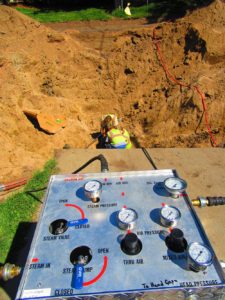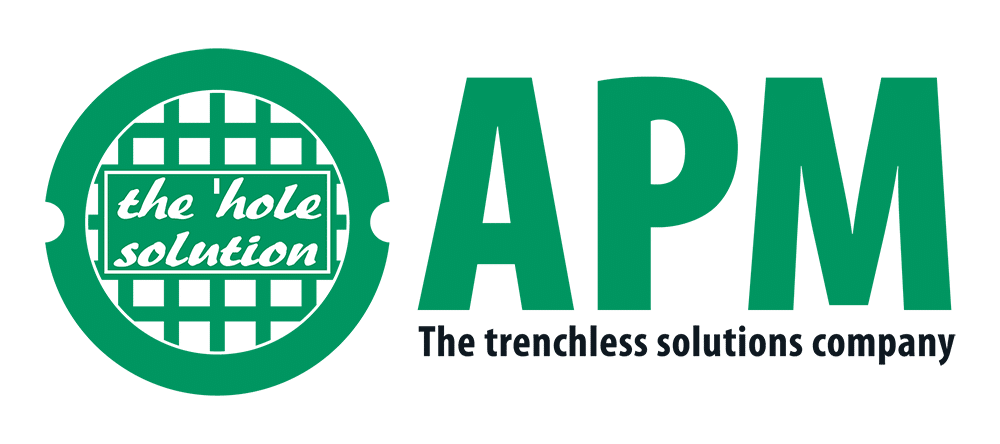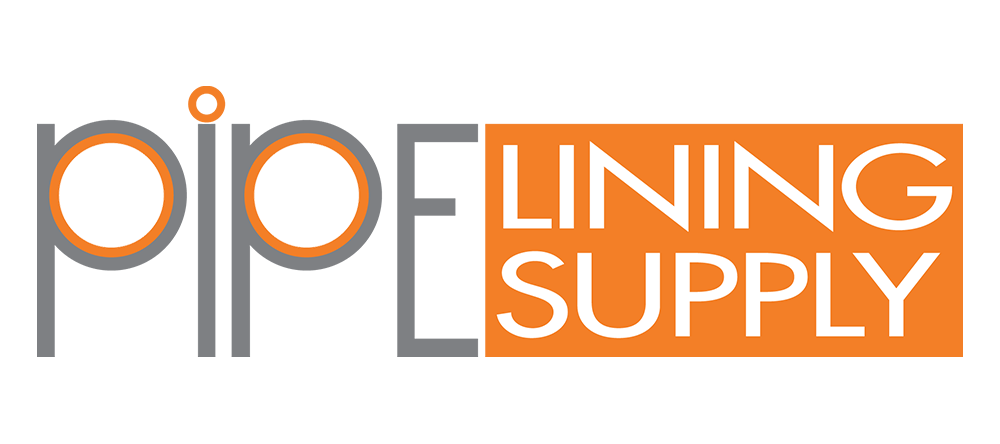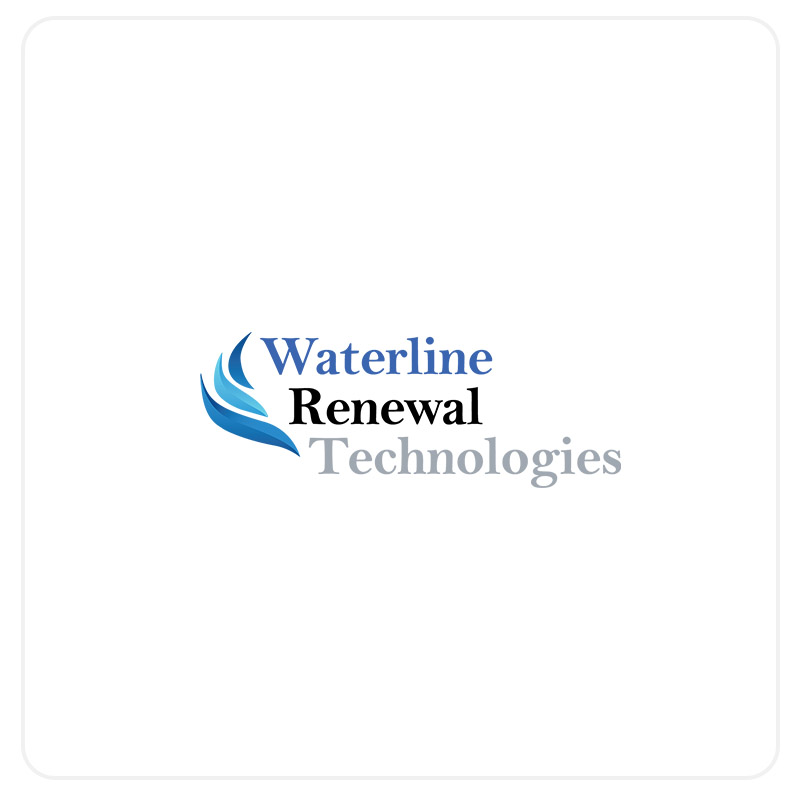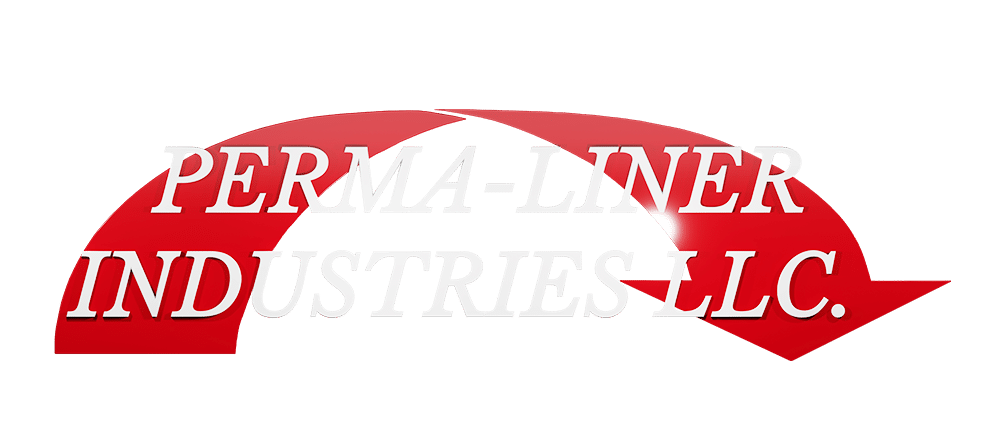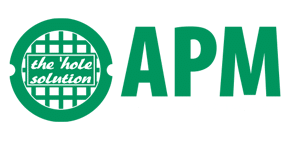For residents of cities within Minnesota, the opportune time to start preparing next year’s lawn is prior to the winter freeze. Did you know that soil tests are a valuable tool to your lawns fertility timetable? It’s not only a good idea for the health of your plant, it’s cost-efficient and environmentally safe. A soil test will let you know a number of nutrients currently available in your lawn and will help determine what, if any, fertilizers are needed for next year’s growth. If your soil test indicates a need for fertilizer, determine what nutrients are lacking and only apply those nutrients. Use your soil test to determine how much to fertilize to apply. Fertilizers come in different forms (liquid or granular) and types. Irrespective of the form, the type is always listed the same with a three number system of Nitrogen-Phosphorous-Potassium, in that order. These numbers represent the percent of each nutrient. Therefore, applying 100 pounds of 10-34-0 provides 10 pounds of Nitrogen, 34 pounds of Phosphorous and no Potassium. Applying too much fertilizer to your lawn can create an unstable situation for the environment. When your lawn is saturated with nutrients that it cannot store properly, it runs out into storm sewers and ultimately in our streams, rivers, and lakes. It is also important to sweep up any fertilizer on sidewalks or driveways as this will also become a pollutant in our streams and rivers with the first rain or snow melt.
Interesting fact: Approximately 60 years ago the village of Vadnais Heights in Minnesota (which subsequently became a city in 1975), was in disagreement over sewer lines which were considered a costly expense. The issue of a sewer system, which had been the motivating force for the incorporation of the Village of Vadnais Heights, was a contentious talking point. The first village sewage system installation did not begin until the late 60’s. This was largely due to increased housing, as well as the installation of unstable septic systems. In some cases, if the back of the property sloped away from the house, sewage (drained by a hose,) fertilized yards. Most of the village remained unconnected to the municipal sewer until the early 1970’s.
